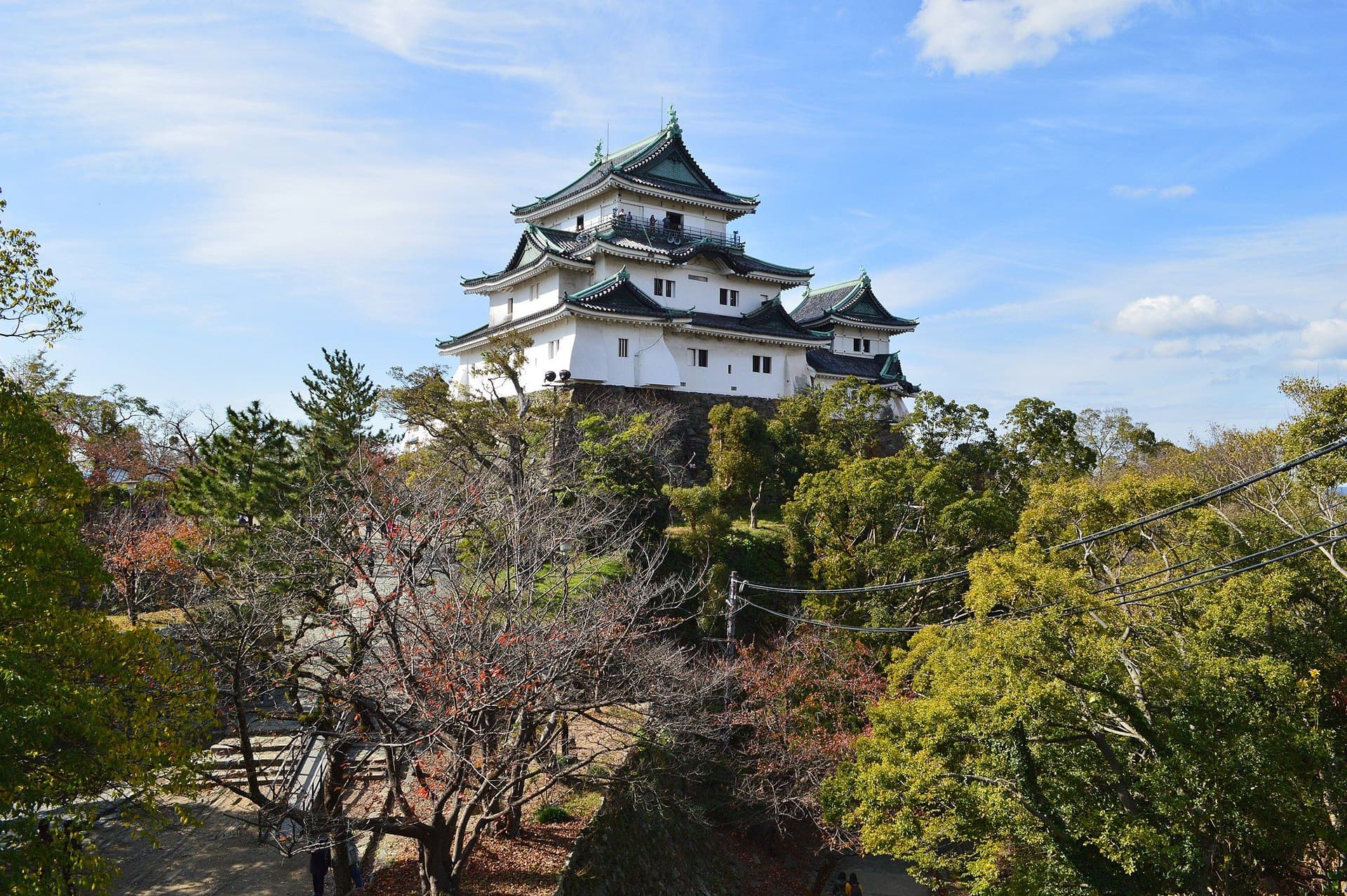
National Place of Scenic Beauty
国指定名勝National Place of Scenic Beauty designation protects Japan's most exceptional landscapes that combine natural beauty with cultural significance. This classification recognizes sites where aesthetic value intersects with historical importance, creating irreplaceable scenic heritage that defines Japanese cultural identity.
The designation system emerged from the 1919 Historic Sites, Places of Scenic Beauty and Natural Monuments Preservation Law, later incorporated into the comprehensive 1950 Law for the Protection of Cultural Properties. This framework acknowledges that landscape beauty represents a fundamental aspect of cultural heritage deserving protection.
Traditional gardens constitute a prominent category within this designation, including masterpieces of Japanese landscape design that demonstrate sophisticated horticultural techniques and aesthetic principles. Kinkaku-ji Temple gardens in Kyoto exemplify this category, where carefully composed elements create harmonious scenes that have inspired visitors for centuries.
Coastal landscapes receive recognition for their exceptional natural beauty and cultural associations. Dramatic cliff formations, pristine beaches, and offshore islands that feature in classical literature and art gain protection through this designation, preserving viewsheds that have remained unchanged for generations.
Mountain landscapes with spiritual significance often receive this designation, particularly peaks and ranges associated with religious practices or legendary narratives. Sacred mountains that serve as pilgrimage destinations combine natural grandeur with deep cultural meaning.
Lake and river systems recognized as Places of Scenic Beauty demonstrate the integration of natural water features with human cultural development. These aquatic landscapes often include historic bridges, traditional fishing grounds, and poetic associations that enhance their cultural value.
Historic parklands and designed landscapes created during different historical periods showcase evolving aesthetic concepts and landscaping techniques. Imperial gardens, daimyo estates, and public parks demonstrate how Japanese society has shaped natural environments for cultural purposes.
The designation process involves comprehensive evaluation of aesthetic merit, historical significance, and cultural associations. Expert committees assess landscape composition, seasonal variation, and cultural context to determine eligibility for protection status.
Conservation strategies for National Places of Scenic Beauty address both natural and cultural elements, including vegetation management, structural preservation, and viewshed protection. These comprehensive approaches ensure that scenic integrity remains intact while allowing appropriate public access.
Traditional management practices often continue at designated sites, maintaining historic cultivation methods, pruning techniques, and seasonal care routines that preserve authentic landscape character. This continuity connects contemporary conservation with historical practices.
Tourism management balances preservation needs with public appreciation, implementing visitor controls and interpretive programs that educate while protecting fragile landscapes. Seasonal access restrictions may apply during sensitive periods for vegetation or wildlife.
Research activities at designated sites contribute to landscape architecture studies, environmental history, and cultural geography. Academic investigations enhance understanding of traditional land management and aesthetic principles guiding Japanese landscape design.
International recognition frequently accompanies National Place of Scenic Beauty designation, with several locations receiving UNESCO World Heritage status for their outstanding universal value. This dual recognition highlights Japan's contribution to global landscape heritage.
Climate change adaptation strategies increasingly influence conservation planning for scenic landscapes, addressing challenges such as altered precipitation patterns, temperature shifts, and species migration that could affect landscape character.
The designation continues to evolve as new sites gain recognition and existing protections expand to address emerging threats. Contemporary landscape architecture and modern designed spaces occasionally receive consideration for their cultural significance.
Related Places
Last Updated:
